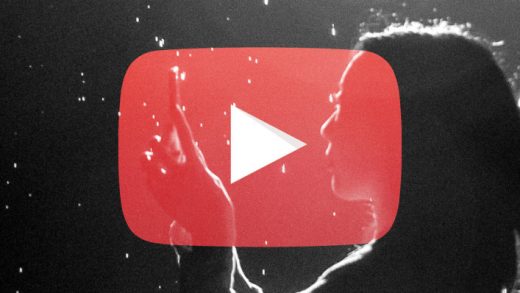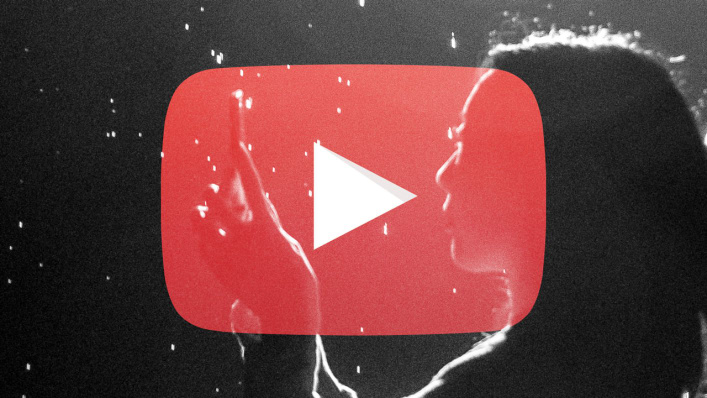The Freelancer’s Guide To (Finally) Tapping Into YouTube
If you’re a freelancer, consultant, or solopreneur, you’ve already got a social media presence, a website, and possibly a regular email newsletter. And that’s all great, but it’s worth thinking about getting into video, too. More and more, you can’t really market and grow your business without video.
Sunny Lenarduzzi, a video marketing consultant, fell into YouTube accidentally. Now it’s a crucial piece of her business—which involves showing other people how to make it a crucial part of their own.
“Two years ago, all of my social media clients were asking me the same questions. I wasted a lot of time repeating myself, so I decided to sit down and film a tutorial to send to all of my clients,” Lenarduzzi recalls. “That video brought in thousands of views and floods of people wanting to work me.” By the end of 2015, Lenarduzzi had racked up 50,000 YouTube subscribers and three million video views on her channel; it was her first six-figure year.
To get started using video to build your own business, Lenarduzzi has a few important tips.
Make Yourself Searchable
There’s no point in churning out lots of video content that nobody can find. Just like a blogger does SEO keyword research in order to rank in Google, a vlogger needs to do the same to rank on YouTube. Before you commit to a topic, make sure people are already searching for it, and find out the exact wording they use.
With YouTube, you open the door for people to find you organically. Unlike other social platforms, there isn’t a scrolling feed where users are likely to miss something; YouTube is a search engine. So with the right content and keywords, just one video can go a long way.
When I was working as a TV reporter, we needed experts on a regular basis to interview for stories. If a regular wasn’t available, we’d conduct a simple Google search. And since Google owns YouTube, it’s not rare for a YouTube video to be on the first page of search results. I’ve found many experts to feature in the media this way, and that kind of credibility works wonders for your brand—especially when you work for yourself.
There are a few ways to research the right terms for your video content even before you start producing it. One is by using longstanding tools like Google’s keyword planner, a free tool within its AdWords platform that lets you see exactly what people are searching for, word for word, and how competitive the results are.
But another method is even simpler and often just as effective: Just start typing in the YouTube search bar to see what comes up via auto-complete. Whichever terms YouTube suggests first are likely to be the most popular searches. Based on that, you can tweak your video titles and descriptions to cater to an audience that’s already looking for your content.
Find A Format
Most of the things we search for online are answers to questions we have. This is how Lenarduzzi started dominating YouTube. Now she only focuses on educational content. Offering solutions to the problems that people have in your niche is a surefire way to become liked, known, and trusted as a go-to expert in the field.
But there are lots of different ways to deliver educational content. Whatever format or style you choose, you want to be yourself. That means staying conversational, authentic, and always offering some sort of valuable information—for most business purposes, you can’t just be entertaining—and directing your message to the same audience every time. If you bounce back and forth among topics meant for different people in different industries, you probably won’t grow a loyal following.
One way to cater to your audience and “niche down” even more is by creating playlists. Yes, you can do that on YouTube. For example, Lenarduzzi has a playlist for videos about Twitter and another one for videos about Instagram.
While your research to rank in a search is important, nailing that doesn’t get you off the hook from promoting your video content. Lenarduzzi says the most important time to have someone watch your video on YouTube is within the first 48 hours of posting it. That’s when you should be sharing it the most on Facebook, Twitter, Instagram, LinkedIn—anywhere you already have a presence.
After you drive people to your video, you should ask them to share it. It’s important to have a call to action in every video. Asking your viewers to like, comment, and share the video is vital to getting even more eyes on it.
You should also share your videos with your email list. Lenarduzzi says she’s growing her newsletter base by the hundreds on a weekly basis, and she attributes that to the calls to action she puts in her videos. She leverages the traffic her videos bring to her site in order to grow her email list, then nurtures that through her newsletter (which includes her video content); it’s all mutually reinforcing, and results in having an ever-growing audience to sell to.
Keep It Consistent
Just like anything else in business, you need to be consistent. If you want to post once a week, then commit to posting every week on the same day. Your audience will start to expect this routine and will anticipate your next video.
That doesn’t mean you should post every week, though—just that you’ve got to stick to whatever schedule you set for yourself. For example, I come out with a new blog post at the start of every week. With that blog post, I create a YouTube video to compliment it. Because my videos aren’t scripted, I’m not relaying the text in my blog post word for word, but the topic and the main points are the same.
In fact, I think it’s great having text and video components that complement each other because different people like to receive their content in different ways. It’s also easy to see what’s working and what isn’t working because the numbers don’t lie. Plus, it’s easy to ask for feedback and invite your audience to tell you what they like, don’t like, or want to see more of.
Once you hit your strike, video may even become your primary means of connecting with prospective clients, customers, and even new hires; it could even shift your business model altogether. “YouTube allowed me to build a team and make more money,” Lenarduzzi says. “Today, I’ve phased out social media consulting and now teach others how to build a business with YouTube like I have.”
You can’t really grow your business these days without video, and that means YouTube.
If you’re a freelancer, consultant, or solopreneur, you’ve already got a social media presence, a website, and possibly a regular email newsletter. And that’s all great, but it’s worth thinking about getting into video, too. More and more, you can’t really market and grow your business without video.
Fast Company , Read Full Story
(36)














